polymer
Polymer is the product made of the polymerization reaction of monomer. Molecule should have repetitive structural units. Polymer of low molecular weight is called as low polymer (or oligomer) such as trioxymethylene. Polymer of high-molecular weight, up to thousands or even millions is called as high polymer or high-molecule compound. There are two types of high polymers including natural products and artificially synthetic product. Natural polymer such as protein is the polymers of amino acids while the starch and cellulose are the polymers (polysaccharides) of cyclic polyhydroxy, also known as biopolymers. Most of them are biodegradable and may cause short-term water BOD increment. It can also cause decomposition to generate pollutants such as ammonia, hydrogen sulfide and methane under anaerobic conditions, but will not cause long-term environmental impact. There are many types of synthetic polymers with their products having wide application. Related products include polyvinyl chloride and polystyrene plastics, resins, polyester and rubber. They are non-biodegradable substance. Long-term existence in the environment can cause a huge amount of garbage waste, among which the plasticizer will be evaporated out to pollute the environment, affecting human health at the same time. The monomers of polymer are mostly derived from petroleum, many of which are toxic and harmful substances, such as vinyl chloride which is a carcinogen. Nowadays, people are developing various polymer-containing oxide, peroxide-containing compounds and carbonyl-containing compounds. The polymer, under the sunlight photolysis, will be converted to low molecular weight organic compounds and further become harmless bio-degradable substance without contaminating the environment.
High molecular polymer is a compound consisting of one or several major structural units connecting with each other by covalent bond, also known polymers, high-molecule compound, macromolecular compounds and the like. E.g., polyethylene [-CH2-CH2-] n, Nylon 6 [-NH (CH2) 5CO-] n, whose structural units are respectively-CH2-CH2-, -NH (CH2) 5CO- with the polymerization degree being n.
Because of the high molecular weight (usually 104 to 106), it displays a number of special properties, such as relatively refractory soluble, or insoluble; swelling before being dissolved; much higher solution viscosity than a solution of equal concentration of small molecules; it has great intermolecular forces with usually exhibiting as only viscous liquid or solid form, not able to subject to gasification; the solid has a certain mechanical strength and can be subject to snagging and drawing.
The polymer is consists of a lot of macromolecular polymer chains of varying lengths, this feature is called the polydispersity of the molecular weight. We can use the distribution of the molecule weight to describe its polydispersity. The commonly referred molecular weight of the polymer is the average molecular weight of the polymer. Depending on the different statistical averaging method, there is number average molecular weight [equal to the total mass of the polymer (in g unit) divided by the total amount of the contained molecules of various molecule weights to represent Mm], weight average molecular weight (equal to the sum of the multiply of the molecules of various molecule weight and their corresponding molecular weight, expressed in Mm) and so on. Mm / Mm is called as polydispersity index, used to measure the width of the molecular weight distribution. The greater, the polydispersity index, the wider the molecular weight distribution will be and the greater the degree of dispersion.
The properties of polymers are still largely determined by the shape of the molecular chain. Depending on the shape of the molecular chain, it can be divided into linear, ball-type, network type and body-type, several structures.
The atoms of the main chain in the linear-structure polymer are often arranged in the shape of a long chain and the main chain is connected with in more or less amount of branches of varying lengths. When the polymer of such structure is heated, they tend to be melted, but also be soluble in certain organic solvents, having the probability of forming a crystal and can be oriented artificially. As some small amounts of branched-chain contained in increases the molecular spacing, the structure becomes loose, thereby reducing mechanical strength but increasing the solubility and plasticity. Common polymers belonging to this type include polyethylene, polyvinyl chloride and rubber.
The main chain of the ball-shape-structure polymer is also in long chain shape but with a large number of branches surrounding the main chain, making the molecule become globular. Its strength and elasticity is as high as that of the linear structure with no significant melting point but with excellent solubility. Phenolic resins, urea-formaldehyde resin which are the intermediate of reactions both belong to such structures.
The main chain of the high polymer of network structure is also in long chain shape, but has the bonds cross-linked, forming mesh-shape. It does not undergo melting at high temperatures but can be softened to have plasticity; it is not dissolved in an organic solvent but can swell, i.e. vulcanized rubber belongs to such type of polymer.
The high polymer of body structure has the long-chain as the main chain, being formed through the crosslink with many other molecules in three-dimensional space. However, during the process of polymerization of monomers, it can also be gradually formed through stepwise cross-linking.
The polymer of body structure is hard and brittle and can neither be melted in the high temperature nor do have plasticity. It can’t be dissolved in an organic solvent. The final products of phenol, aldehyde amine, epoxy and polyester, etc. all belong to this structure.
We can make classification for the polymer from different perspectives. According to the property and purpose, it can be divided into chemical fiber, plastics, rubber, paint and adhesives; According to the name of the synthetic reaction, it can be divided into addition polymer (such as polyethylene, polypropylene, etc.), condensation polymers (such as polyesters, polyamides etc.), ring-opening polymer (e.g., polyether, etc.); according to the source, it can be divided into natural polymers (e.g. starch, cellulose, etc.), synthetic polymers (e.g. vinyl polymers, etc.), semi-synthetic polymers (e.g. acetic acid cellulose and so on); according to the elements of the main chain, it can be divide into carbon-chain polymer (the main chain is mainly composed of carbon atoms), hetero chain polymer (the main chain contains, in addition to carbon atoms, oxygen, nitrogen, sulfur and other hetero atoms as well), element-organic polymer (main chain mainly composed of boron, silicon, aluminum, oxygen, nitrogen, sulfur and phosphorus atoms, but side-chain consists of organic groups such as methyl, ethyl, etc.); according to the application functions, it can be divided into general polymer, functional polymer and so on.
The major index of the polymers include strength, hardness, heat resistance, corrosion resistance, abrasion resistance, solvent resistance, light transmittance, and air tightness as well as electrically insulating properties. Density of the polymer is small, being much smaller than that of steel of the same volume; some of them are conductive, magnetic, and some are high temperature resistant, low temperature resistant and radiation resistant; some have excellent air tightness, transparency and so on. It has been widely used in medical, electrical conductivity, heat resistance, construction, packaging materials, plastic and some other fields.
The method of producing a polymer include bulk polymerization (including melt polymerization, referring to that monomer undergoes polymerization upon the action of light, heat and radiation without other media), solution polymerization (polymerization of monomer, initiator dissolved in an appropriate solution), emulsion (under the action of emulsifier and agitation, have the monomer be dispersed in water to form emulsion liquid to have polymerization), suspended polymerization (under the action of stirring and a dispersing agent, a monomer is dispersed into monomer droplets for being suspended in water for polymerization), etc., according to different requirements, we can apply different polymerization methods.
- Structure:
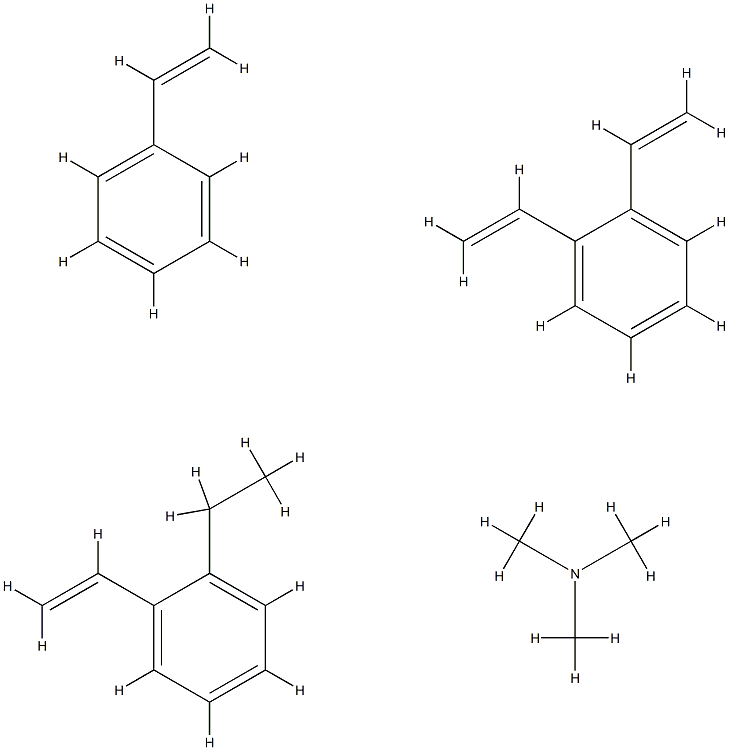
- Chemical Name:Dowex 1X8 chloride form
- CAS:69011-19-4
- MF:C31H39N
- Structure:
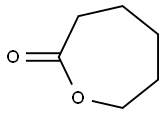
- Chemical Name:Polycaprolactone
- CAS:24980-41-4
- MF:C6H10O2
- Structure:
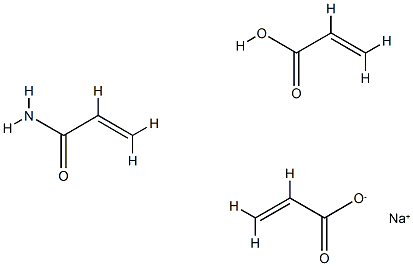
- Chemical Name:2-?Propenoic acid, polymer with 2-?propenamide and sodium 2-?propenoate (1:1)
- CAS:62649-23-4
- MF:C9H12NNaO5
- Structure:

- Chemical Name:Polyacrylonitrile
- CAS:25014-41-9
- MF:C3H3N
- Chemical Name:FLUORIDE ON AMBERLYST(R) A-26
- CAS:39339-85-0
- MF:C6H4CH2N(CH3)3F
- Structure:
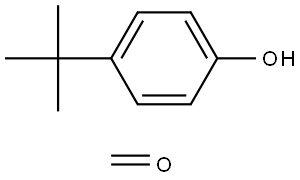
- Chemical Name:ALKYLPHENOL DISULFIDE
- CAS:25085-50-1
- MF:(C10H14O.CH2O)x
- Structure:

- Chemical Name:POLYBUTADIENE DIACRYLATE
- CAS:9003-17-2
- MF:C4H6
- Structure:

- Chemical Name:Poly(caprolactone) diol
- CAS:36890-68-3
- MF:(C6H10O2.C4H10O3)x
- Structure:

- Chemical Name:RESIN
- CAS:
- MF:C6H8N3O2R
- Chemical Name:POLYSTYRENE A NH2
- CAS:
- MF:
- Structure:
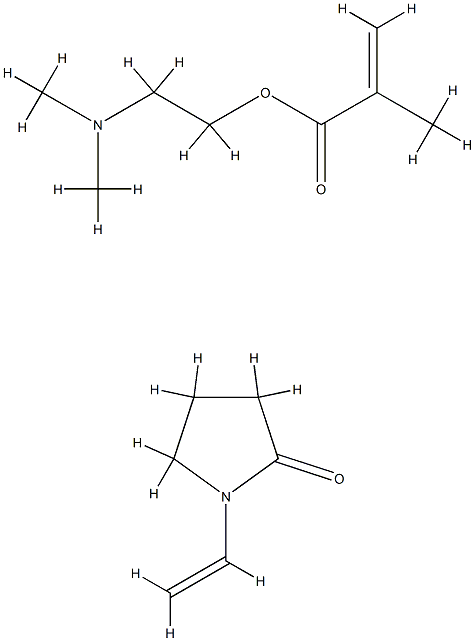
- Chemical Name:POLY(1-VINYLPYRROLIDONE-CO-2-DIMETHYLAMINOETHYL METHACRYLATE)
- CAS:30581-59-0
- MF:C14H24N2O3
- Structure:

- Chemical Name:POLYPHENYLMETHYLDIMETHYLSILOXANE
- CAS:9005-12-3
- MF:C7H8OSi
- Structure:

- Chemical Name:Poly(hexamethylenebicyanoguanide-hexamethylenediamine) hydrochloride
- CAS:27083-27-8
- MF:C16H34N10
- Chemical Name:Polyethylene, Oxidized
- CAS:68441-17-8
- MF:C51H102O21Si2
- Structure:
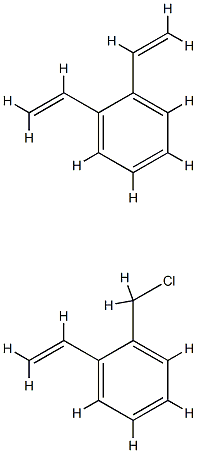
- Chemical Name:MERRIFIELD RESIN
- CAS:9036-15-1
- MF:C19H19Cl
- Structure:
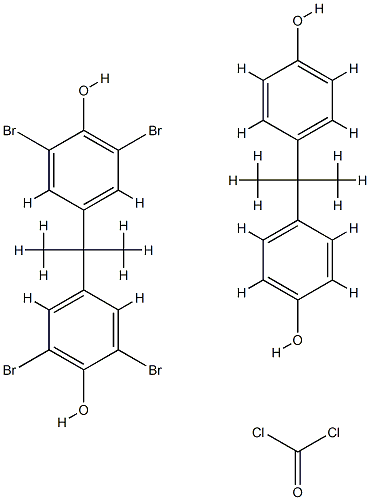
- Chemical Name:Carbonic dichloride, polymer with 4,4-(1-methylethylidene)bis2,6-dibromophenol and 4,4-(1-methylethylidene)bisphenol
- CAS:32844-27-2
- MF:C31H28Br4Cl2O5
- Chemical Name:GUM MASTIC
- CAS:61789-92-2
- MF:
- Structure:
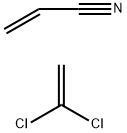
- Chemical Name:POLY(VINYLIDENE CHLORIDE-CO-ACRYLONITRILE)
- CAS:9010-76-8
- MF:C5H5Cl2N
- Structure:

- Chemical Name:Poly(4-chlorostyrene)
- CAS:24991-47-7
- MF:C8H7Cl
- Structure:

- Chemical Name:POLY(ALLYLAMINE)
- CAS:30551-89-4
- MF:C3H7N
- Structure:
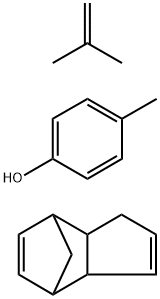
- Chemical Name:Poly(dicyclopentadiene-co-p-cresol)
- CAS:68610-51-5
- MF:C10H12.C7H8O.C4H8
- Structure:

- Chemical Name:POLY(4-VINYLPYRIDINE)
- CAS:25232-41-1
- MF:C7H7N
- Structure:
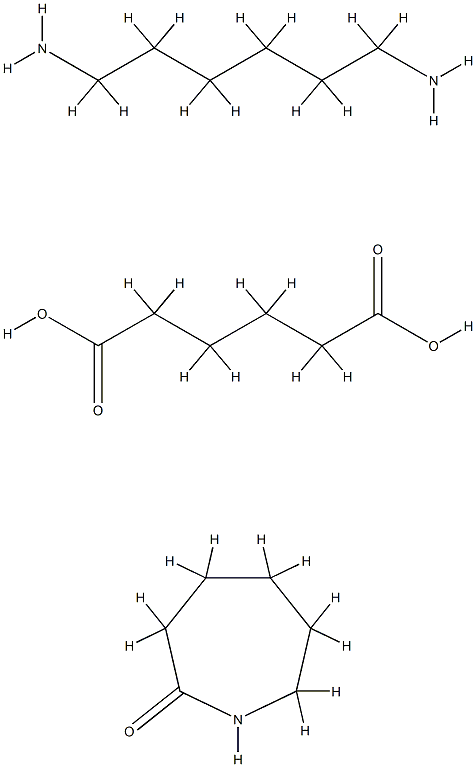
- Chemical Name:NYLON 6/66
- CAS:24993-04-2
- MF:C18H37N3O5
- Structure:
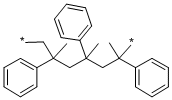
- Chemical Name:POLY(ALPHA-METHYLSTYRENE)
- CAS:25014-31-7
- MF:C27H30X2
- Structure:
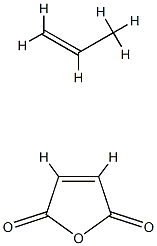
- Chemical Name:POLYPROPYLENE-GRAFT-MALEIC ANHYDRIDE, AV ERAGE MW CA. 9,100
- CAS:25722-45-6
- MF:C7H8O3
- Chemical Name:Heat stabilizer for PVC
- CAS:
- MF:
- Structure:

- Chemical Name:P-BROMOSTYRENE RESIN
- CAS:24936-50-3
- MF:C8H7Br
- Chemical Name:Hydroxyl-Modified Vinyl Resin CoPolyMers
- CAS:
- MF:
- Chemical Name:Anti-corrosion coating
- CAS:
- MF:
- Chemical Name:Chelex 100 sodiumA
- CAS:
- MF:
- Structure:

- Chemical Name:ACRYLONITRILE/BUTADIENE COPOLYMER
- CAS:68891-50-9
- MF:C21H27N3X2
- Chemical Name:Dowex Marathon C, H+ form
- CAS:
- MF:
- Structure:
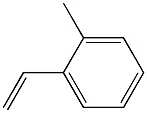
- Chemical Name:POLY(VINYLTOLUENE)
- CAS:9017-21-4
- MF:C9H10
- Structure:
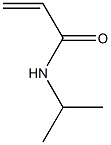
- Chemical Name:POLY(N-ISOPROPYL ACRYLAMIDE)
- CAS:25189-55-3
- MF:C6H11NO
- Chemical Name:macroporous Merrifield
- CAS:
- MF:
- Chemical Name:POLYETHYLENE MONOALCOHOL
- CAS:71750-71-5
- MF:CH3(CH2CH2)nCH2OH
- Structure:
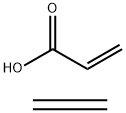
- Chemical Name:POLY(ETHYLENE-CO-ACRYLIC ACID), ZINC SALT
- CAS:28208-80-2
- MF:C5H8O2
- Chemical Name:Terpene resin
- CAS:9003-74-1
- MF:
- Structure:

- Chemical Name:1-PROPOXY-2-PROPANOL
- CAS:1569-01-3
- MF:C6H14O2
- Structure:

- Chemical Name:POLY(2-ETHYL-2-OXAZOLINE)
- CAS:25805-17-8
- MF:C5H9NO
- Structure:

- Chemical Name:GALDEN (TM) HT70
- CAS:69991-67-9
- MF:[CF(CF3)CF2O]x(CF2O)y
- Chemical Name:Oxidized polyethylene wax
- CAS:
- MF:
- Chemical Name:AMBERJET 4400 OH STRONGLY BASIC ANION EXCHANGER
- CAS:9017-79-2
- MF:(C12H18N?C10H10?HO)x
- Structure:
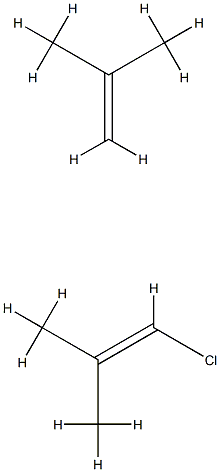
- Chemical Name:POLYPROPYLENE, CHLORINATED
- CAS:68442-33-1
- MF:C8H15Cl
- Structure:

- Chemical Name:Phenolic epoxy resin
- CAS:61788-97-4
- MF:C21H23ClFNO2
- Structure:
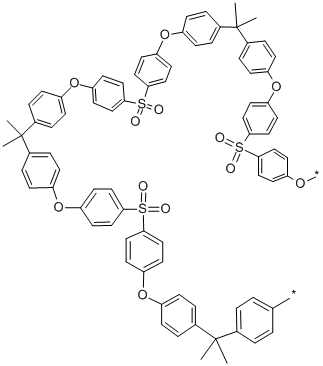
- Chemical Name:POLYSULFONE
- CAS:25135-51-7
- MF:C81H66O12S3X2
- Structure:
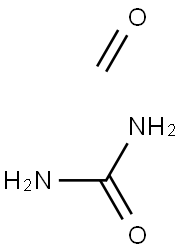
- Chemical Name:Urea formaldehyde
- CAS:9011-05-6
- MF:C2H6N2O2
- Chemical Name:ETHYLENEDIAMINE TETRAKIS(PROPOXYLATE-BLOCK-ETHOXYLATE) TETROL
- CAS:11111-34-5
- MF:C22H14
- Structure:
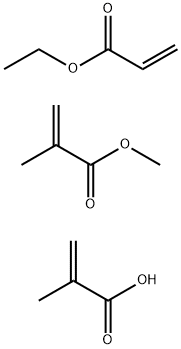
- Chemical Name:Acrylates copolymer
- CAS:25133-97-5
- MF:C14H22O6
- Structure:
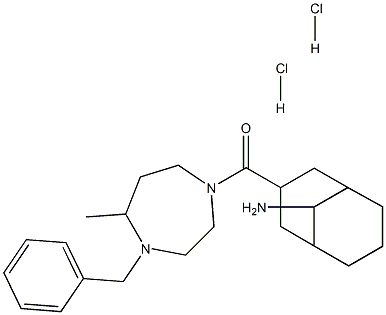
- Chemical Name:AMBERLITE(R) IRC-50
- CAS:9002-29-3
- MF:C23H37Cl2N3O
- Structure:

- Chemical Name:CUCURBITURIL
- CAS:80262-44-8
- MF:C36H36N24O12
- Structure:
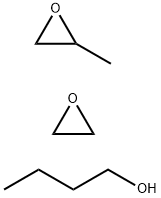
- Chemical Name:Poly(ethylene glycol-ran-propylene glycol) monobutyl ether
- CAS:9038-95-3
- MF:C9H20O3
- Structure:
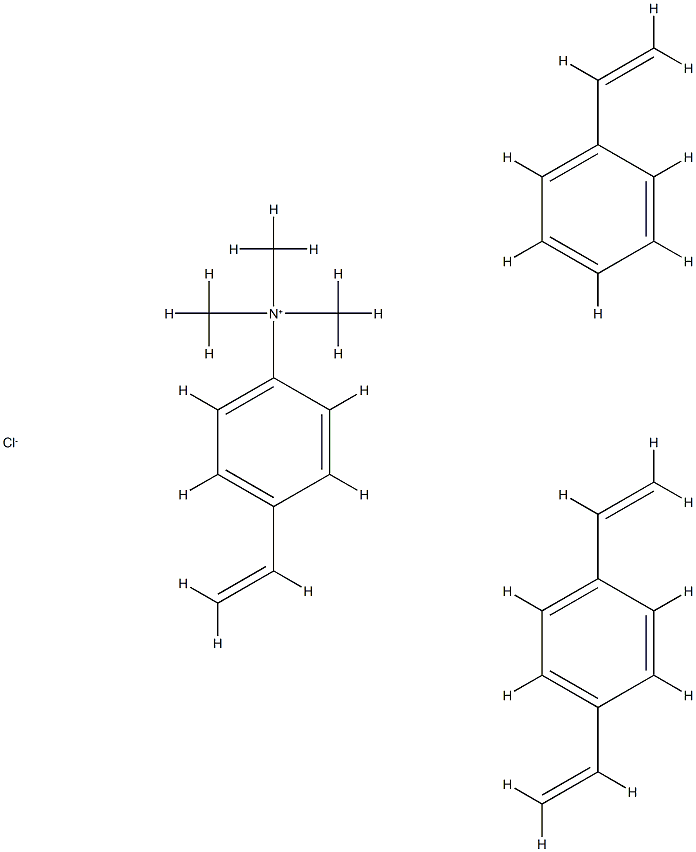
- Chemical Name:DOWEX(R) 1X8
- CAS:60267-37-0
- MF:C29H34ClN
- Structure:
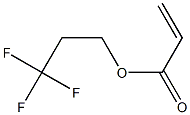
- Chemical Name:Perfluoroalkylethyl acrylate
- CAS:65605-70-1
- MF:C6H7F3O2
- Chemical Name:Tristyrylphenol ethoxylates
- CAS:99734-09-5
- MF:C30H24O.(C2H4O)n
- Chemical Name:POLY(STYRENE-CO-MALEIC ACID), PARTIAL ISOOCTYL ESTER, CUMENE TERMINATED
- CAS:160611-46-1
- MF:
- Structure:
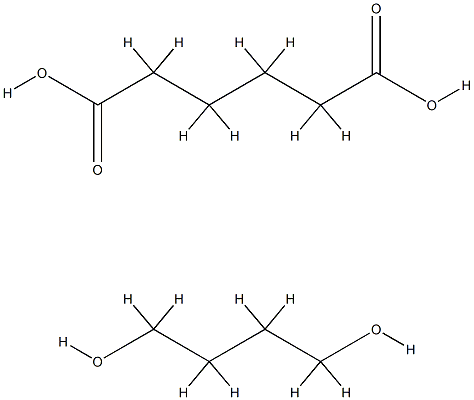
- Chemical Name:POLY(1,4-BUTYLENE ADIPATE)
- CAS:25103-87-1
- MF:C10H20O6
- Structure:
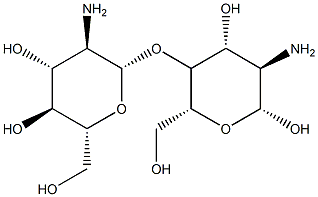
- Chemical Name:CHITOSAN OLIGOSACCHARIDE LACTATE
- CAS:148411-57-8
- MF:C12H24N2O9
- Structure:
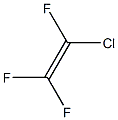
- Chemical Name:FLUOROLUBE GREASE, GR-362
- CAS:9002-83-9
- MF:C2ClF3
- Structure:
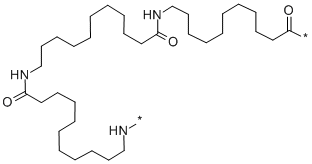
- Chemical Name:NYLON 11
- CAS:25035-04-5
- MF:C33H63N3O3X2
- Structure:

- Chemical Name:ZINC RESINATE
- CAS:9010-69-9
- MF:C40H58O4Zn
- Structure:
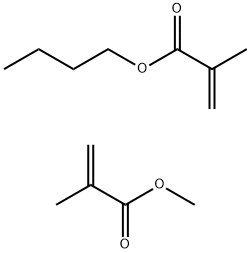
- Chemical Name:POLY(METHYL METHACRYLATE-CO-BUTYL METHACRYLATE)
- CAS:25608-33-7
- MF:C13H22O4
- Structure:
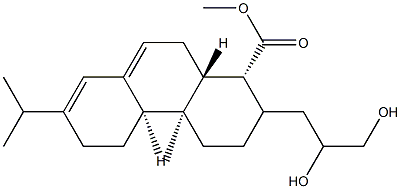
- Chemical Name:Glycerin Rosin Ester
- CAS:8050-31-5
- MF:C23H36O4
- Structure:
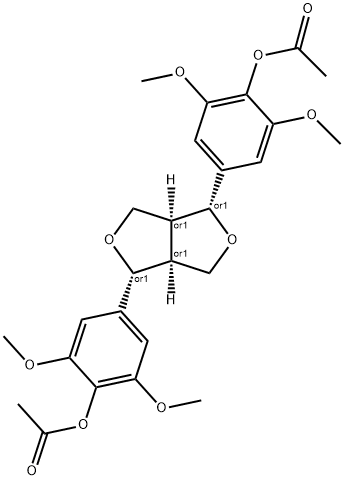
- Chemical Name:Syringaresil diacetate
- CAS:1990-77-8
- MF:C26H30O10
- Chemical Name:BT-S1050
- CAS:
- MF:
- Chemical Name:Macroporous resin D101
- CAS:
- MF:
- Chemical Name:Methyl MQ silicone resin
- CAS:
- MF:
- Structure:
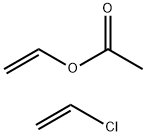
- Chemical Name:POLY(VINYL CHLORIDE-CO-VINYL ACETATE)
- CAS:9003-22-9
- MF:C6H9ClO2
- Structure:
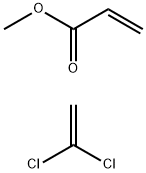
- Chemical Name:POLY(VINYLIDENE CHLORIDE-CO-METHYL ACRYLATE)
- CAS:25038-72-6
- MF:C6H8Cl2O2
- Structure:
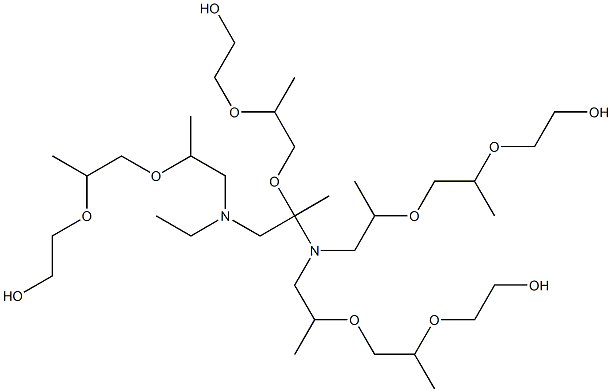
- Chemical Name:ETHYLENEDIAMINE TETRAKIS(ETHOXYLATE-BLOCK-PROPOXYLATE) TETROL
- CAS:26316-40-5
- MF:C34H72N2O12
- Structure:

- Chemical Name:Poly(ethyl vinyl ether)
- CAS:25104-37-4
- MF:C4H8O
- Structure:
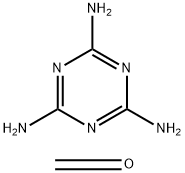
- Chemical Name:2,4,6-TRIS[BIS(METHOXYMETHYL)AMINO]-1,3,5-TRIAZINE
- CAS:68002-20-0
- MF:C4H8N6O
- Structure:

- Chemical Name:Polychloroprene
- CAS:9010-98-4
- MF:C4H5Cl
- Structure:
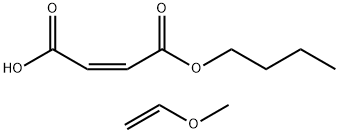
- Chemical Name:METHYL VINYL ETHER-MONOBUTYL MALEATE COPOLYMER
- CAS:25119-68-0
- MF:C11H18O5
- Structure:
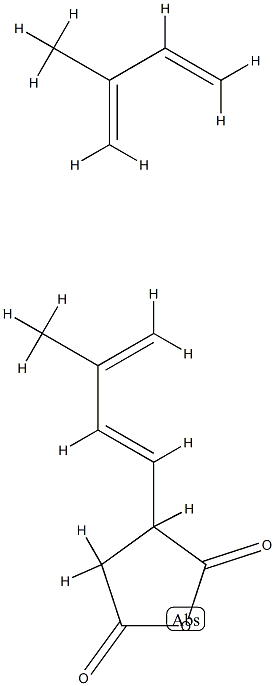
- Chemical Name:Polyisoprene-graft-maleic anhydride
- CAS:139948-75-7
- MF:C14H18O3
- Structure:
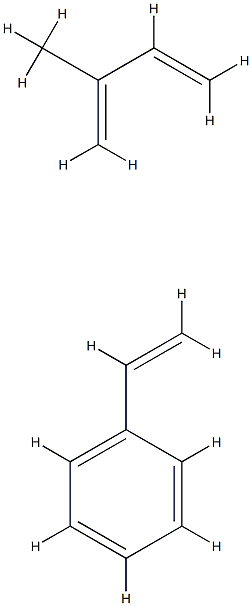
- Chemical Name:POLYSTYRENE-BLOCK-POLYISOPRENE-BLOCK-POLYSTYRENE
- CAS:25038-32-8
- MF:C13H16
- Chemical Name:POLY(VINYLTOLUENE-CO-ALPHA-METHYLSTYRENE)
- CAS:9017-27-0
- MF:[CH2CH(C6H4CH3)]x[CH2C(CH3)(C6H5)]y
- Structure:
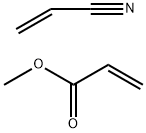
- Chemical Name:ACRYLONITRILE-METHYL ACRYLATE COPOLYMER
- CAS:24968-79-4
- MF:C7H9NO2
- Chemical Name:MERCAPTOMETHYL POLYSTYRENE
- CAS:
- MF:
- Chemical Name:AMBERLITE(R) IRA-67
- CAS:80747-90-6
- MF:
- Structure:
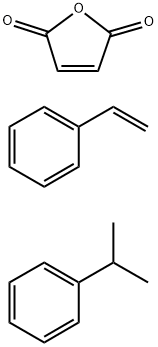
- Chemical Name:STYRENE MALEIC ANHYDRIDE COPOLYMER
- CAS:26762-29-8
- MF:C21H22O3
- Chemical Name:POLY(ETHYLENE)
- CAS:68037-39-8
- MF:C2H4
- Chemical Name:DOWEX(R) 1X8
- CAS:69772-06-1
- MF:
- Structure:

- Chemical Name:Poly(styrene-co-acrylonitrile)
- CAS:9003-54-7
- MF:C33H33N3X2
- Chemical Name:POLYISOPRENE, CHLORINATED
- CAS:68441-58-7
- MF:[CR2CR=C(CR3)CR2]n,R=HorCl
- Chemical Name:Propoxylate neopentylene glycol diacrylate
- CAS:84170-74-1
- MF:[H2C=CHCO2(C3H6O)nCH2]2C(CH3)2
- Structure:
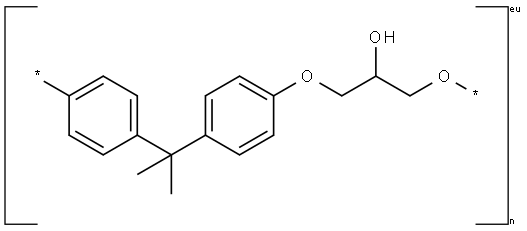
- Chemical Name:PHENOXY RESIN
- CAS:26402-79-9
- MF:(C18H20O3)n
- Structure:
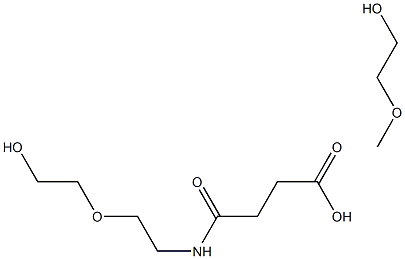
- Chemical Name:MONO-METHYL POLYETHYLENE GLYCOL 20'000 2-(SUCCINYL-AMINO)ETHYL ETHER
- CAS:92450-99-2
- MF:C11H23NO7
- Structure:

- Chemical Name:Potassium polyacrylate
- CAS:25608-12-2
- MF:C3H4O2
- Structure:
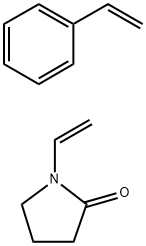
- Chemical Name:N-VINYLPYRROLIDONE/STYRENE COPOLYMER
- CAS:25086-29-7
- MF:C14H17NO
- Structure:
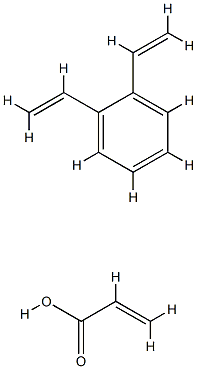
- Chemical Name:DOWEX MAC-3 ION EXCHANGE RESIN
- CAS:9052-45-3
- MF:C13H14O2
- Structure:

- Chemical Name:CUCURBIT(7)URIL
- CAS:259886-50-5
- MF:C42H42N28O14
- Chemical Name:DIAION HP-2MG, 100GM
- CAS:
- MF:
- Chemical Name:DOWEX(R) 50WX4 HYDROGEN FORM
- CAS:69011-20-7
- MF:(C10H12·C10H10·C8H8)x
- Chemical Name:CARBOXYPOLYSTYRENE RESIN
- CAS:120246-33-5
- MF:N/A
- Structure:
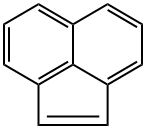
- Chemical Name:POLYACENAPHTHYLENE
- CAS:25036-01-5
- MF:C12H8
- Structure:

- Chemical Name:Resin epoxy
- CAS:24969-06-0
- MF:C3H5ClO
- Chemical Name:Octyl-phenolic curing resin
- CAS:
- MF:
- Chemical Name:Thermoset acrylic resin
- CAS:
- MF:
- Chemical Name:Fatty acids, C18-unsatd., dimers, reaction products with polyethylenepolyamines
- CAS:68410-23-1
- MF: